-
Peppermint Plants For Sale
Mentha x piperita
Peppermint is a well-loved herb known for its refreshing aroma and wide range of uses, from cooking to home remedies. At The Growers Exchange, we’re excited to offer high-quality peppermint plants that make a perfect addition to any herb garden. Read on to learn more about this versatile plant.
What Is Peppermint?
Peppermint (Mentha x piperita) is a hybrid mint, a cross between watermint and spearmint. It is loved for its aromatic leaves and widespread use in culinary dishes, teas, and home remedies. The menthol in the leaves gives peppermint its signature cooling sensation.
Known for its refreshing scent, peppermint evokes sweet memories, especially the nostalgic aroma of candy canes. Just a whiff of its crisp fragrance can transport you back in time, making it one of the most powerful memory triggers among herbs.
Peppermint Appearance and Characteristics
Peppermint typically grows 1 to 3 feet tall with square stems and lance-shaped, serrated leaves. The leaves are deep green with a hint of purple, and the plant blooms with small, pale purple flowers in late summer. Its fragrant aroma is most potent when the leaves are crushed or bruised, releasing the refreshing scent of menthol.
Peppermint Origins and History
Peppermint's rich history dates back to at least 1500 B.C. when ancient cultures began cultivating it for food and herbal remedies. Thought to have originated in Northern Africa or the Mediterranean, the name "peppermint" comes from Greek mythology.
According to legend, Hades fell in love with a nymph named Minthe. When his wife learned of their affair, she transformed Minthe into a plant that grew abundantly and was often overlooked.
Hades modified the curse to ease her punishment, giving Minthe a sweet, soothing aroma so that anyone who walked over her would remember her.
Interestingly, archaeologists discovered dried peppermint leaves in ancient Egyptian pyramids dating back 3,000 years. The oil from these leaves was highly valued, and rulers believed it would accompany them into the afterlife.
In ancient Rome, peppermint was frequently used to flavor special dishes at feasts and added to sauces and wines. It was often displayed on dining tables, and noblemen would braid its long stems into decorative crowns.
The Ancient Hebrews also valued peppermint for its pleasant scent and used it to cover synagogue floors during special occasions.
Peppermint Plant Care: How to Grow Peppermint
Growing peppermint is easy when given the right environment. Follow these tips to keep your peppermint plant healthy and thriving:
Light
Peppermint grows well in both full sun and partial shade. While it can tolerate some shade, more sunlight improves its flavor and fragrance by increasing essential oil production. For best results, place it within a foot of a south-facing window to ensure it gets 4 to 6 hours of direct sunlight daily.
Soil
Peppermint prefers rich, loamy soil that stays consistently moist but can adapt to various soil types. Just make sure the soil is loose and drains well to avoid waterlogging. If planting directly in the ground, use barriers to control its spread, as peppermint can rapidly take over a garden.
Temperature
Peppermint grows best in cooler climates, ideally between 55°F and 70°F. It can tolerate light frosts but struggles in prolonged cold. In warmer weather, ensure the soil remains moist to keep the plant healthy.
Watering
Peppermint likes consistently moist soil, but be careful not to overwater it, as soggy roots can damage the plant. Allow the soil to dry slightly between waterings. For potted plants, aim for about 0.8 cups of water every nine days if it's not getting direct sunlight.
Fertilizing
Peppermint plants benefit from a balanced diet of nitrogen (N), phosphorus (P), and potassium (K). After each harvest, apply a light dose of fertilizer to support recovery and encourage regrowth. Feeding every 45 days will keep your plants healthy.
Pruning
Regular pruning is essential to keep your peppermint plant compact and bushy. Trim the tips regularly to promote new growth and prevent the plant from becoming leggy.
Uses and Benefits of Peppermint
The peppermint plant is truly an herb that keeps on giving. Here’s how you can make the most of this versatile plant:
-
Culinary Uses: Peppermint adds a refreshing flavor to desserts, salads, sauces, and drinks like tea and mojitos. The essential oil menthol, extracted from its leaves and flowers, is also commonly found in gum, toothpaste, and flavored treats.
-
Medicinal Uses: Known for its soothing properties, peppermint helps with digestion, relieves headaches, and eases nausea, menstrual cramps, and skin irritation. Its calming effect also helps with anxiety and flatulence.
-
Aromatherapy: The cool, minty scent of peppermint is popular in aromatherapy for clearing the mind, reducing stress, and boosting energy. Its essential oil is often used for headache relief and relaxation.
-
Natural Insect Repellent: While peppermint oil has a pleasant scent for humans, mosquitoes and other garden pests find it off-putting. Dilute the oil with water before spraying to protect your plants while keeping pests at bay.
-
Fragrance: Fresh or dried peppermint leaves are excellent for potpourris and sachets, providing a clean, lasting scent for your home.
For more information on peppermint's uses and benefits, contact our plant experts. We're happy to assist you and provide guidance.
Discover the Benefits of Planting Peppermint
Peppermint is a fantastic addition to your herb garden. It brings fresh flavors to your culinary creations, comes with a range of health benefits, and acts as a natural pest control.
The Growers Exchange provides high-quality peppermint plants and a variety of other herbs, all sustainably grown and ready to be shipped to you
-
-
Peppermint Plants For Sale
Mentha x piperita
Peppermint is a well-loved herb known for its refreshing aroma and wide range of uses, from cooking to home remedies. At The Growers Exchange, we’re excited to offer high-quality peppermint plants that make a perfect addition to any herb garden. Read on to learn more about this versatile plant.
What Is Peppermint?
Peppermint (Mentha x piperita) is a hybrid mint, a cross between watermint and spearmint. It is loved for its aromatic leaves and widespread use in culinary dishes, teas, and home remedies. The menthol in the leaves gives peppermint its signature cooling sensation.
Known for its refreshing scent, peppermint evokes sweet memories, especially the nostalgic aroma of candy canes. Just a whiff of its crisp fragrance can transport you back in time, making it one of the most powerful memory triggers among herbs.
Peppermint Appearance and Characteristics
Peppermint typically grows 1 to 3 feet tall with square stems and lance-shaped, serrated leaves. The leaves are deep green with a hint of purple, and the plant blooms with small, pale purple flowers in late summer. Its fragrant aroma is most potent when the leaves are crushed or bruised, releasing the refreshing scent of menthol.
Peppermint Origins and History
Peppermint's rich history dates back to at least 1500 B.C. when ancient cultures began cultivating it for food and herbal remedies. Thought to have originated in Northern Africa or the Mediterranean, the name "peppermint" comes from Greek mythology.
According to legend, Hades fell in love with a nymph named Minthe. When his wife learned of their affair, she transformed Minthe into a plant that grew abundantly and was often overlooked.
Hades modified the curse to ease her punishment, giving Minthe a sweet, soothing aroma so that anyone who walked over her would remember her.
Interestingly, archaeologists discovered dried peppermint leaves in ancient Egyptian pyramids dating back 3,000 years. The oil from these leaves was highly valued, and rulers believed it would accompany them into the afterlife.
In ancient Rome, peppermint was frequently used to flavor special dishes at feasts and added to sauces and wines. It was often displayed on dining tables, and noblemen would braid its long stems into decorative crowns.
The Ancient Hebrews also valued peppermint for its pleasant scent and used it to cover synagogue floors during special occasions.
Peppermint Plant Care: How to Grow Peppermint
Growing peppermint is easy when given the right environment. Follow these tips to keep your peppermint plant healthy and thriving:
Light
Peppermint grows well in both full sun and partial shade. While it can tolerate some shade, more sunlight improves its flavor and fragrance by increasing essential oil production. For best results, place it within a foot of a south-facing window to ensure it gets 4 to 6 hours of direct sunlight daily.
Soil
Peppermint prefers rich, loamy soil that stays consistently moist but can adapt to various soil types. Just make sure the soil is loose and drains well to avoid waterlogging. If planting directly in the ground, use barriers to control its spread, as peppermint can rapidly take over a garden.
Temperature
Peppermint grows best in cooler climates, ideally between 55°F and 70°F. It can tolerate light frosts but struggles in prolonged cold. In warmer weather, ensure the soil remains moist to keep the plant healthy.
Watering
Peppermint likes consistently moist soil, but be careful not to overwater it, as soggy roots can damage the plant. Allow the soil to dry slightly between waterings. For potted plants, aim for about 0.8 cups of water every nine days if it's not getting direct sunlight.
Fertilizing
Peppermint plants benefit from a balanced diet of nitrogen (N), phosphorus (P), and potassium (K). After each harvest, apply a light dose of fertilizer to support recovery and encourage regrowth. Feeding every 45 days will keep your plants healthy.
Pruning
Regular pruning is essential to keep your peppermint plant compact and bushy. Trim the tips regularly to promote new growth and prevent the plant from becoming leggy.
Uses and Benefits of Peppermint
The peppermint plant is truly an herb that keeps on giving. Here’s how you can make the most of this versatile plant:
-
Culinary Uses: Peppermint adds a refreshing flavor to desserts, salads, sauces, and drinks like tea and mojitos. The essential oil menthol, extracted from its leaves and flowers, is also commonly found in gum, toothpaste, and flavored treats.
-
Medicinal Uses: Known for its soothing properties, peppermint helps with digestion, relieves headaches, and eases nausea, menstrual cramps, and skin irritation. Its calming effect also helps with anxiety and flatulence.
-
Aromatherapy: The cool, minty scent of peppermint is popular in aromatherapy for clearing the mind, reducing stress, and boosting energy. Its essential oil is often used for headache relief and relaxation.
-
Natural Insect Repellent: While peppermint oil has a pleasant scent for humans, mosquitoes and other garden pests find it off-putting. Dilute the oil with water before spraying to protect your plants while keeping pests at bay.
-
Fragrance: Fresh or dried peppermint leaves are excellent for potpourris and sachets, providing a clean, lasting scent for your home.
For more information on peppermint's uses and benefits, contact our plant experts. We're happy to assist you and provide guidance.
Discover the Benefits of Planting Peppermint
Peppermint is a fantastic addition to your herb garden. It brings fresh flavors to your culinary creations, comes with a range of health benefits, and acts as a natural pest control.
The Growers Exchange provides high-quality peppermint plants and a variety of other herbs, all sustainably grown and ready to be shipped to you

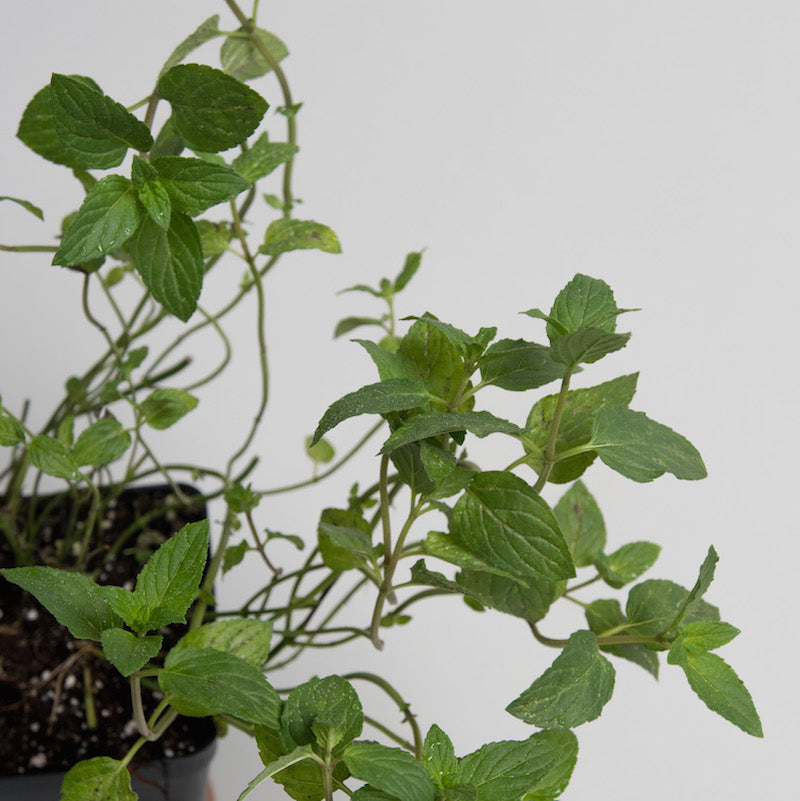
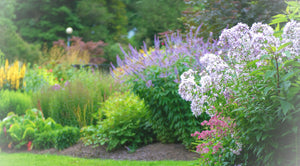
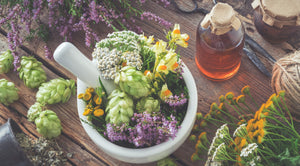

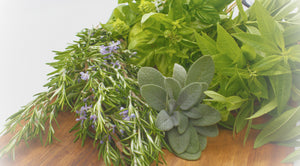
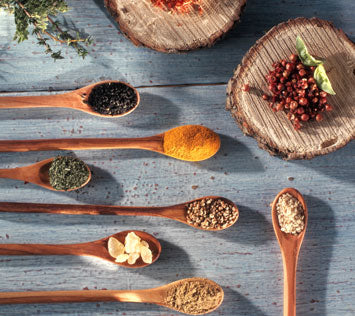
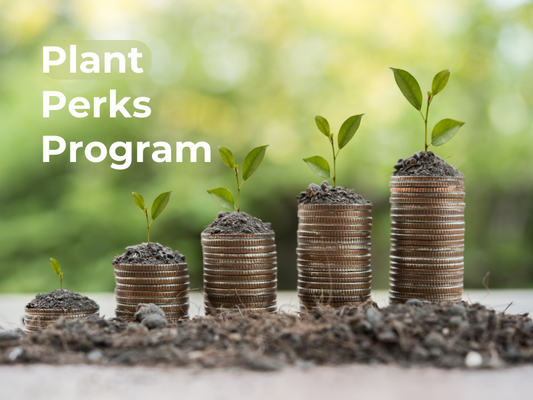

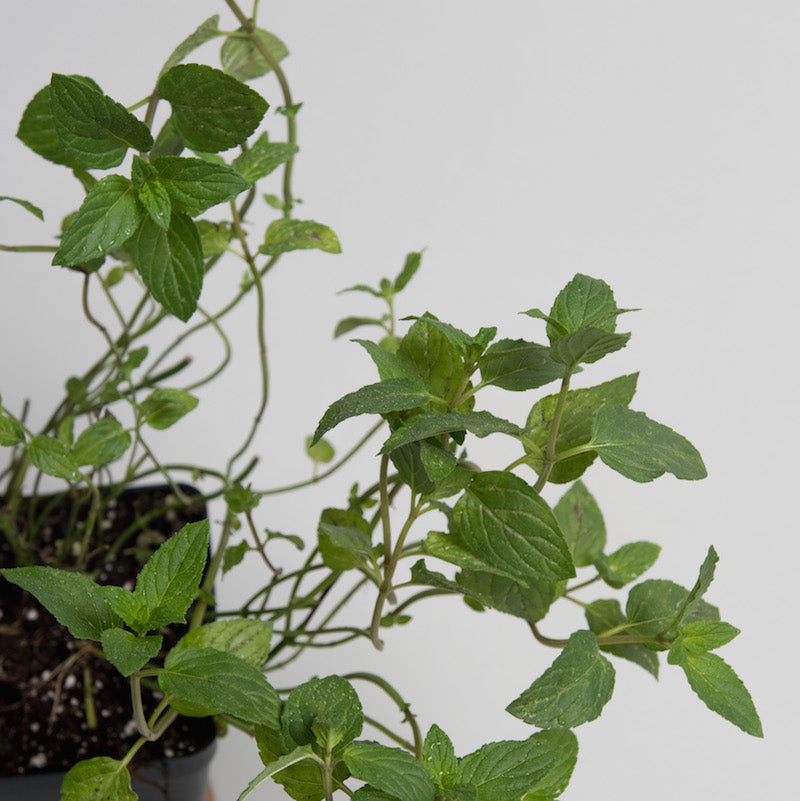
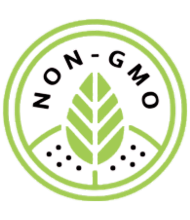


 Culinary
Culinary
 Medicinal
Medicinal
 Deer Resistant
Deer Resistant
 Aroma
Aroma
 Container
Container
 Pollinator
Pollinator
 Indoor
Indoor
 Drought
Drought